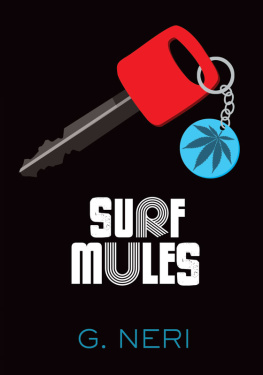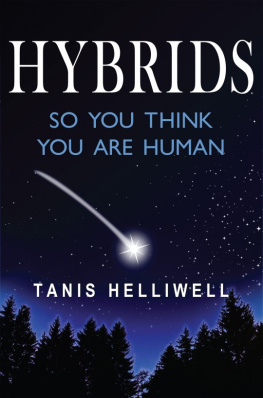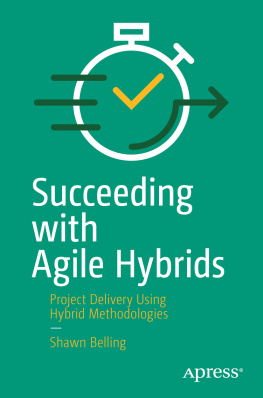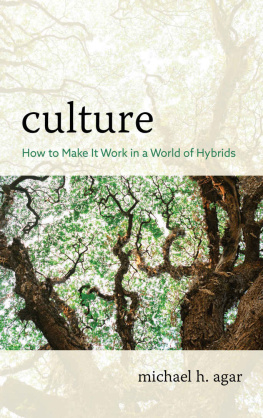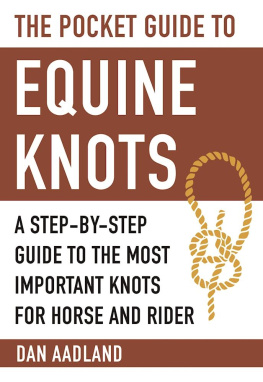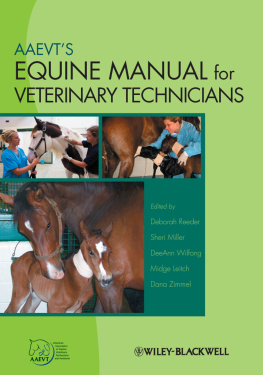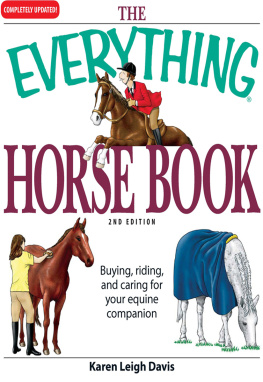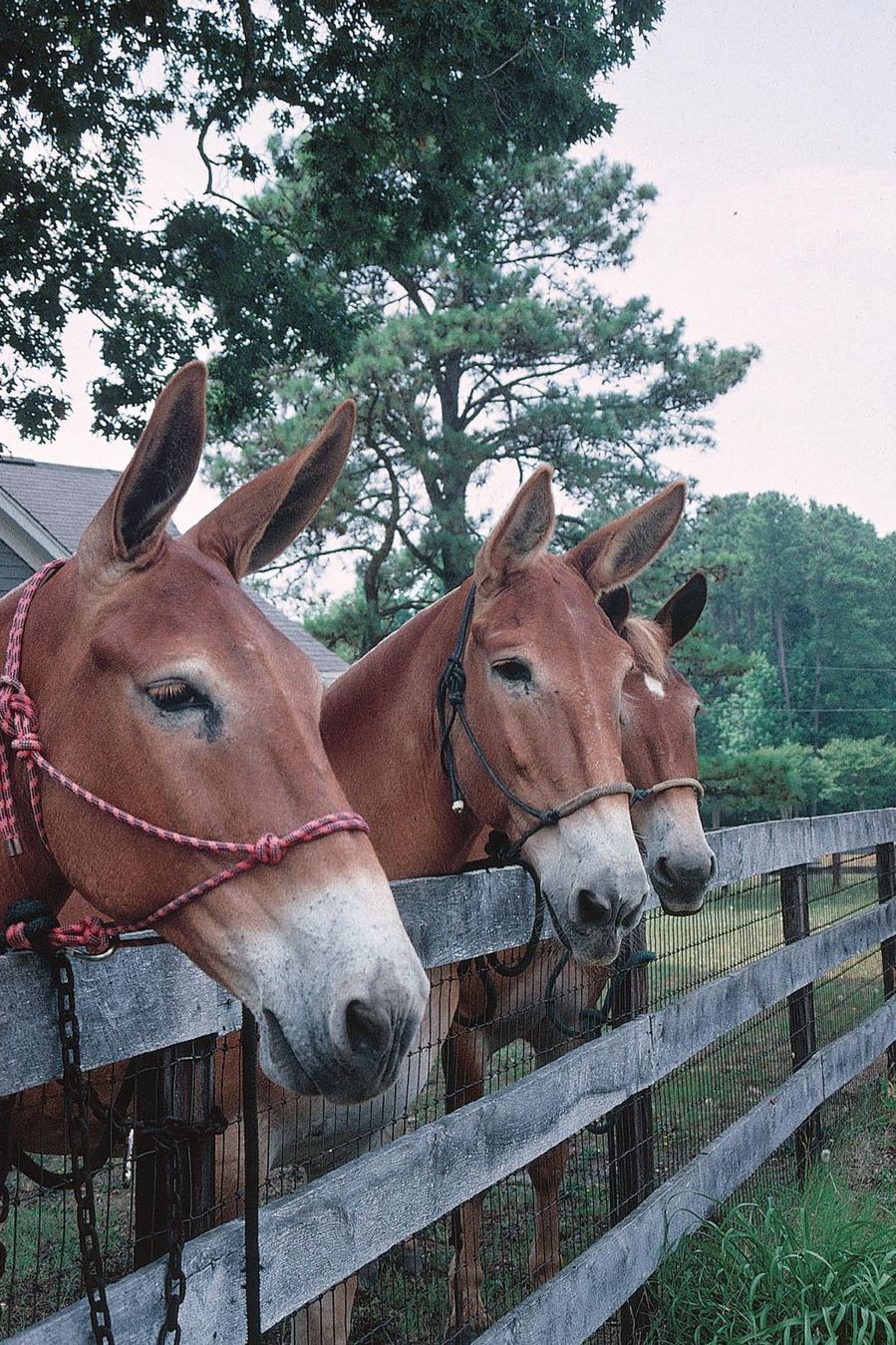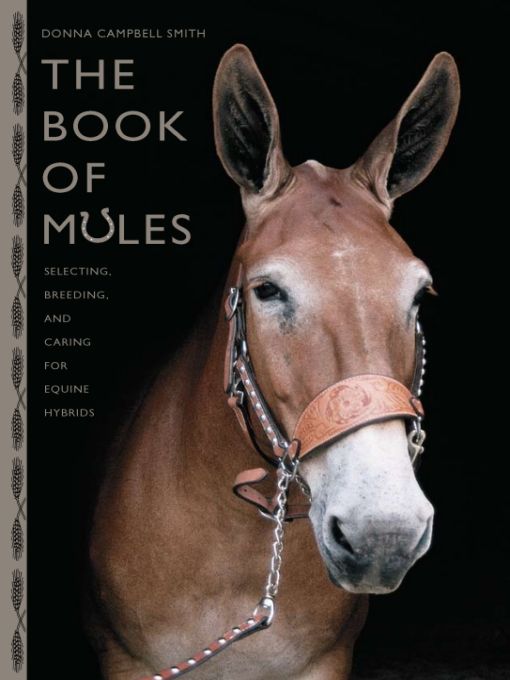
Table of Contents
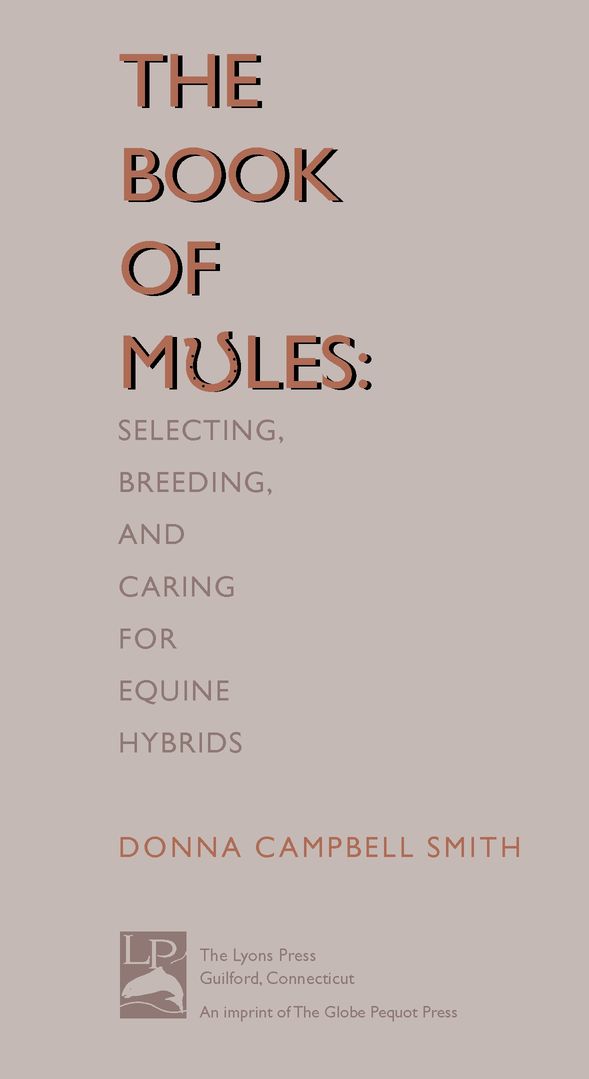
Waiting patiently.
Preface
Uncle Corey wasnt actually an uncle but the husband of a distant cousin on my mothers side. Its a Southern thing. They lived on a little farm on Backwoods Road in Roper, North Carolina. Uncle Corey had a mule that inspired my imagination whenever we visited. I wanted to ride that mule because in my mind it was a horse. Id wanted a horse since I could remember. I pretended to be a cowgirl, or sometimes an Indian, riding across vast open lands at full gallop on my imaginary horse. So the prospect of riding a real one seemed like a wonderful dream come true.
One day I was tagging after Daddy and Uncle Corey out by the barn, leaving Mama and my sister inside doing the dishes with Aunt Franny. Uncle Corey also had a whiskey still, and my guess, now I am grown up, is they were having an after-dinner drink.That might also be why they relented to my pleas to ride the mule. Uncle Corey put a halter on the big, brown creature, and Daddy lifted me up onto its bare, bony back.I was terrified, and that was just while we were standing still. Fear of falling, one of the primal fears, I have read, intensified as soon as my cousin-by-marriage-uncle began to lead the mule off at a walk. When I started to cry, Daddy picked me off the mules back and sent me back to the house.That was the last time I asked to ride Uncle Coreys mule.
I remember one other mule from my childhood.This mule came to town on Saturday mornings, driven by an elderly black man who sold vegetables out of the cart. Down our street they came, the old man shouting out in a singsong rhythm the names of the vegetables and their prices. Sometimes it was fresh corn or green beans and butterbeans.We had a garden, so Mama didnt join the other ladies who came out of their houses to buy from the vegetable man.
But the neighborhood children and I would run out to meet and pet the mule, and we followed the vegetable man and his mule until they turned the corner and ambled off to another street, the vegetable man calling out,Watermelons! Watermelons! Fifty cents; get your watermelons!
History moved on and the vegetable man and his mule stopped coming to town. I never again heard the clip-clop of hooves on the paved road or the singsong of the drivers rich voice calling out his wares. Therefore, it is with a sense of recapturing the past I have written The Book of Mules: Selecting, Breeding, and Caring for Equine Hybrids. I have met some nice folks and their mules while gathering this information, and I believe it is a very good thing that mules have found their way back into our hearts. Look around you.They are out there still, serving in the military, carrying tourists into the Grand Canyon, and entertaining us under the spotlight.They are good companions that carry riders safely on the trail or to the winners circle in the show ring and the racetrack. Mules are making a comeback.
Acknowledgments
Ive always known horse people to be good folk. Now I know the same is true of mule people. Ive met some great mule owners while writing this book. I thank them for sharing their knowledge and stories, for letting me photograph their mules, and for offering me their hospitality.
Shannon Hoffman asked me if I knew anything about mules when I first contacted her. She is owner of three mules, serves on the board of directors of the Carolina Mule Association, and is an active member of the North Carolina Horse Council. I felt a little intimidated. Not really, I was forced to admit. Shannon fixed that by answering all my questions and letting me take her entire mule library home with me to help in my research. She introduced me to Seven, Sadie Mae, Shiloh, and Chester, the three mules and one donkey who share her life, and she provided contact information for other mule owners and experts. I spent three days at her farm photographing her mules, and she acted like she had all the time in the world, when the truth is shes a very busy lady. Thank you, Shannon.
Rocky, the class clown.
Rocky, the trick mule, and James gave freely of their time and knowledge, too. I made at least three trips to photograph Rocky doing his amazing tricks. James and Rocky entertained my little group of riding students on a hot summer day, which had nothing to do with writing this book. I appreciate that.The kids had a ball. James replied to countless e-mails and phone calls with answers to my questions. Rocky, Americas Ultimate Horse (Mule) Idol,and James, you rock!
I thank all the folks who answered questions, shared their stories, and either allowed me to photograph their mules or provided pictures for my book. I am afraid to name names because I know Ill leave someone out. I couldnt have done it without you, and I thank you.
Rita Rosenkranz, thank you again for so expertly taking care of the business end of things.You are the epitome of what a good agent should be. Steven D. Price, thank you for sticking with me and for your expert editing and advice. You have helped me grow.Thank you, Lyons Press for giving me a third book.
Dear family and friends, how do you stand it? Thanks for your support and for listening. Dineane, Julia, Deborah, Jessica, Michael, and Camille, I love you.
CHAPTER ONE
The Origin and History of the Mule
Origin
Ancient documents tell us mules have been around for at least 3,000 years. Because the two species lived in close proximity, it is even possible that a crossing of a donkey and horse resulting in a mule foal may have occurred in nature. Records show mules were used in ancient Asia Minor as pack animals and laborers, turning the millstone to grind grain into meal, and for transportation. In Ancient Egypt, mules were a novelty; donkeys were used for general work, while horses were for racing and royal ceremonial occasions. The Greek and Romans valued the mule for its strength and stamina. Because ancient Greeks used mules as well as horses in chariot races, the mule was also valued for its speed. In these races two mules were hooked to a cart. The lineup of teams raced twelve laps around the stadium to determine the winner.
In Greek legend King Midas of Phrygia is often portrayed in art with the ears of a mule or a donkey; some believe this was a punishment from the god Apollo, while others believe it was a sign of his royal status.The mule is also mentioned in
The Iliad of Homer in a passage depicting Hectors funeral:
Waked with the word the trembling sire arose,


